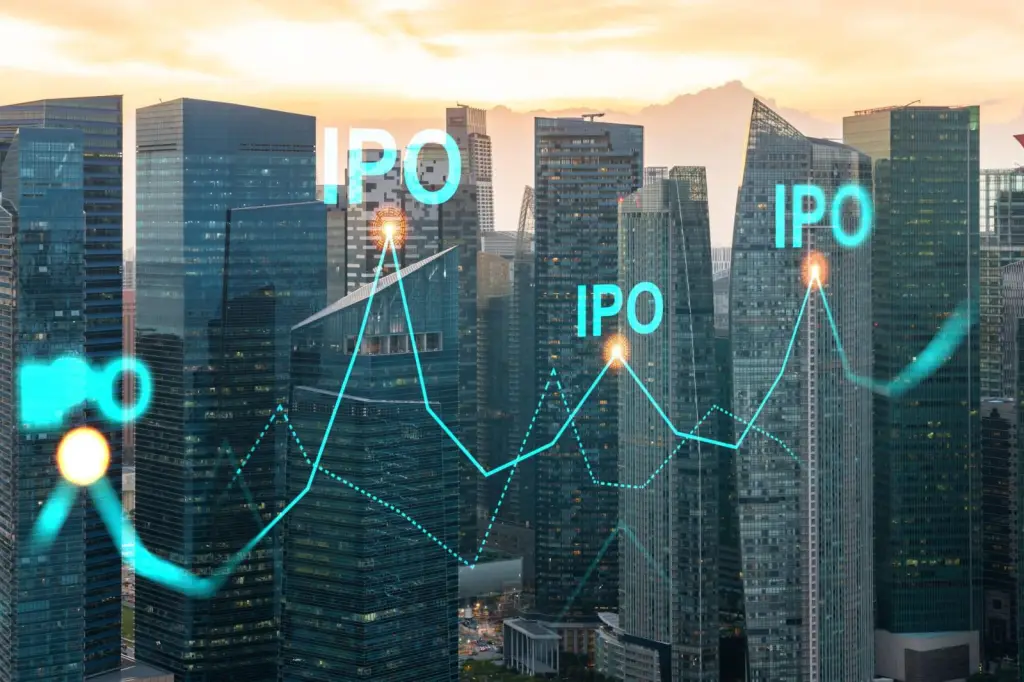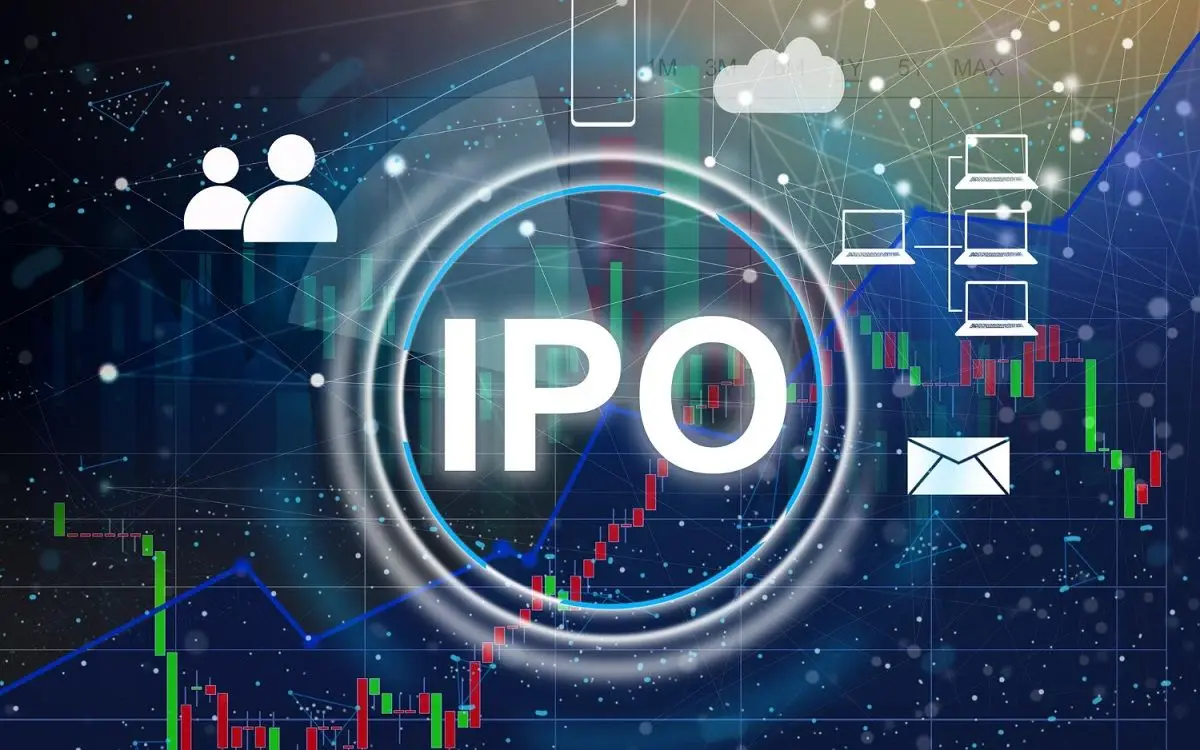Investing in stocks at different stages of issuance offers investors different opportunities and risks. Understanding the difference between a pre-IPO and an IPO can help you make more informed decisions and minimize potential losses through efficient capital allocation. In this article, we will discuss the key differences in detail and provide advice for investors who are planning to participate in these stages.
What is a pre-IPO, how does it differ from an IPO, and how can you invest in this stage?
A pre-IPO is the stage in which a company raises investment before going public. This stage is limited to private investors and represents a riskier, but potentially lucrative opportunity. Investing in a pre-IPO may offer you the opportunity to buy stock at a lower price than an IPO, but it is also not fully transparent.

In this case, a company can only disclose part of its financial information, which limits its ability to estimate risk and future growth. However, if the company later successfully goes public, early investors can benefit from this. Keep in mind that investments before an IPO often require long-term capital investments, as liquidity is low at this stage and the shares are difficult to sell before they hit the market.
How to select a company to invest in during the pre-IPO phase?
 The following important aspects should be taken into account:
The following important aspects should be taken into account:
- Financial health: It is crucial to evaluate the current financial performance of a company, even if it is not public. Transparency in financial reporting and stable growth can serve as indicators of future success.
- Business model and market: It is necessary to carefully analyze the viability of the business model and the company’s prospects in a particular market. Companies that operate in innovative or fast-growing sectors have an advantage.
- Management: The success of a company in the pre-IPO phase largely depends on the competence and experience of its management. Therefore, it is important to evaluate their performance in other projects and their strategic vision.
- Partnerships and investors: If an organization has strategic agreements with major players or enjoys the trust of institutional investors, this can be a positive signal for retail investors.
- Risk assessment: Potential barriers to market entry, such as regulatory issues or economic crises, should be taken into account.
IPOs are an important milestone for company stocks and what they will change for investors
An IPO is the process of a company going public by selling its shares to the general public. In this phase, the company gains access to more capital for expansion, but must also meet a number of public obligations, such as full reporting and compliance with corporate governance standards.
For investors, this scenario is a significant opportunity to make a profit. Shares usually start at a higher price, but short-term market volatility can lead to significant fluctuations. Even if full information about a company is available, the price of securities can still be inflated as part of a marketing campaign. This can reduce the actual attractiveness of an investment.
The process involves several important steps, such as reviewing the company’s financials, hiring investment banks, and conducting marketing activities to attract investors. All of these affect the future value of the company’s equity instruments.
What is the difference between pre-IPO and IPO for investors?
The main difference between the phases for investors is:
Availability of information:
- In the period before the IPO, information is limited and partly confidential. Companies often do not disclose financial data or details about their business activities.
- In an IPO, a company must prepare extensive reports and make the data available to a wide range of investors.
Risks and liquidity:
- Investing before an IPO involves a high degree of uncertainty and risk. Liquidity is low and the shares are difficult to sell before the company goes public.
- During the IPO phase, liquidity increases significantly because the shares are now traded on the stock exchange and buying and selling becomes easier.
Share prices:
- In a pre-IPO, investors can buy shares at a lower price, but this also involves greater risk.
- An IPO can be significantly more expensive, but the risks are also somewhat lower due to the transparency of information and greater market confidence.
Profitability:
- Pre-IPO investors can earn higher returns if the company’s IPO is successful and the stock price rises.
- Although an IPO offers fewer opportunities for rapid price increases in the short term, it does offer a safer trading environment.
Risks of investing in a pre-IPO: what to look out for
Investing at this stage carries a number of specific risks that you should consider before making an investment:
- Low liquidity: Securities are difficult to sell because the market is limited and an IPO can take years.
- Incomplete information: Investors do not have access to all the information about the company, making a complete risk assessment difficult. In addition, the company’s business model may change, which could affect its future value. Economic and market situation: Economic problems or crises in the sector can have a negative impact on the future prospects of a company.
- Failed IPO: If a company fails to successfully complete an IPO, it can lose all of its invested funds.
How to minimize risks when investing in pre-IPOs and IPOs
To minimize risks and increase the chances of successful investments, we recommend that you follow the following recommendations:
- Diversification of the portfolio: Risks can be spread by investing in multiple companies that operate in different sectors and at different stages of development.
- Company analysis: Conduct a comprehensive analysis of a company’s financial performance, business model, growth strategies and internal management structure.
- Evaluate market conditions: Look at the current economic situation and the outlook for the sector in which the company operates.
- Use of hedging: Experienced investors are advised to use hedging to minimize potential losses in the event of high market volatility after the IPO.
- Select reliable companies: Give preference to companies with a good reputation among major investors and partners.
The difference between IPO and pre-IPO for beginners: What to look for?
 The pre-IPO and IPO phases are risky but potentially profitable investment areas. In the early stages, buying shares can be very profitable if the company is successful. However, it also carries a lot of risk because companies can face all sorts of difficulties in the early stages.
The pre-IPO and IPO phases are risky but potentially profitable investment areas. In the early stages, buying shares can be very profitable if the company is successful. However, it also carries a lot of risk because companies can face all sorts of difficulties in the early stages.

There are also risks during the IPO phase, but these are less significant because the company has already been screened by the market and has undergone an audit. However, high initial prices and possible volatility at the start of trading can reduce profitability for investors.
Investors considering a pre-IPO or an IPO should have a good understanding of the differences between the two, the market, the types of companies they are investing in and the risks they can face.
 en
en  ru
ru  de
de  ar
ar  es
es  nl
nl  hi
hi  fr
fr  it
it  pt
pt  el
el 



